In Photos: Wakhan Corridor, Afghanistan
Updated February 2024, In Photos: Wakhan Corridor, Afghanistan was originally written in January 2018
In September of 2017, I was finally able to make it across the border from Tajikistan and into the Wakhan Corridor of Afghanistan. With my time cut shorter than I would have liked to have spent in the Wakhan I ultimately decided to visit a corner of the Wakhan that many of the tourists who come through the Wakhan skip in order to reach the more remote Kyrgyz settlements in the furthest corner of the Wakhan in the Little Pamir. I trekked into the Great Pamir with my guide Malang whom I met and hired after I arrived in Sultan Eshkashim on the Afghan side.
When the name Afghanistan comes up, most people in the west go straight to the info spoon-fed to them by the media. Things like Osama Bin-Laden, Taliban, terror, bombs, and war are what pop up in most people’s minds. While the war rages on in some areas, and the Taliban is still active in others, there are pockets of the country that have remained nearly untouched by any of the fighting, the Wakhan Corridor being one of them.
So here are some of my favorite photos from the other side of Afghanistan that you rarely, if ever see.
Need Travel Insurance and Evacuation Services for Afghanistan?
Start shopping for travel insurance plans over at IATI Insurance. Readers of the Adventures of Nicole get a 5% discount off your plan.
The Adventures of Nicole partners with Global Rescue to offer the world’s leading medical evacuation and security advisory services. To travel with peace of mind, shop evacuation coverage at Global Rescue.
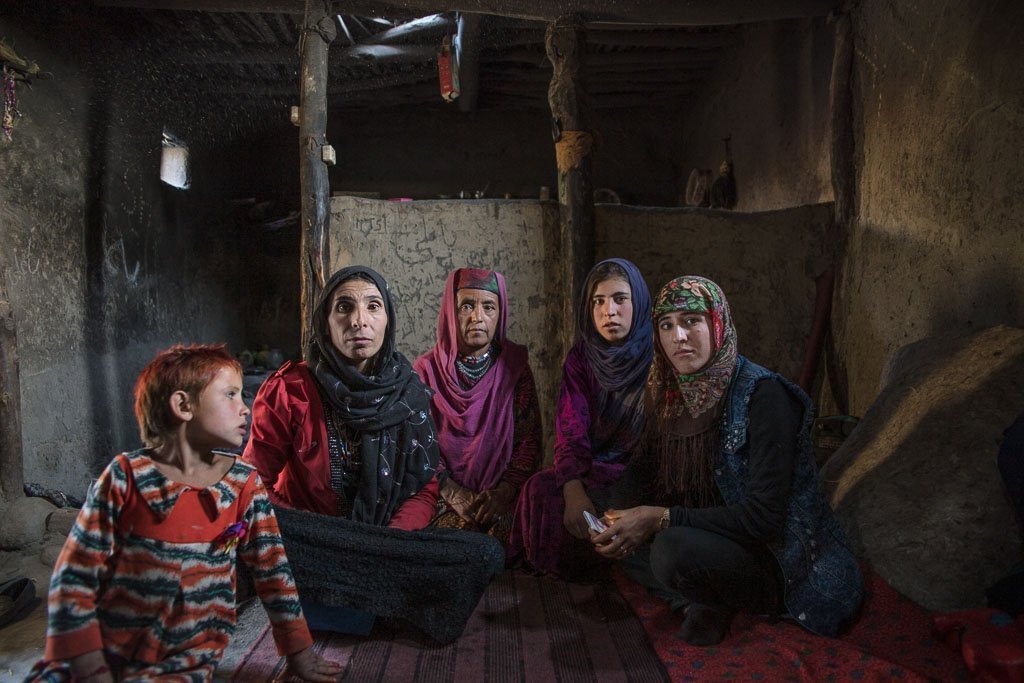
Believe it or not, I was able to walk around on my own without a male to accompany me as many people believe is true of all of Afghanistan. Yes, I did hire a Wakhi guide from Sultan Eshakashim to arrange my trip and translate (I speak no Wakhi, know a minuscule amount of Dari, and didn’t have as much time in the Wakhan Corridor as I would have liked).
But was Malang with me at every waking second? No.
I was free to explore on my own, one of the most memorable was the first afternoon I spent in Qazideh where I met countless people. Some of the most excited upon meeting me? The women and girls.
They rarely have the chance to meet foreign women, let alone one that isn’t at her partner’s side.
The women pictured inside this blackhouse in Qazideh happily grabbed my hands and dragged me inside for a huge lunch, talking about our lives over cups of shirchai. Shirchai is a salty milk tea drank all over the region.
One of these women had recently finished medical school in Kabul and is to soon begin practicing in the Wakhan and also spoke English quite fluently and translated the conversation between me and her relatives. Seeing old meets new was another point of interest for me while traveling in the Wakhan. People still live in a traditional manner for the most part, but people do have modern items, like the smartphone you see in the photo.
Qazideh, Wakhan Corridor, Afghanistan
Read more on solo female travel in the Afghan Wakhan Corridor
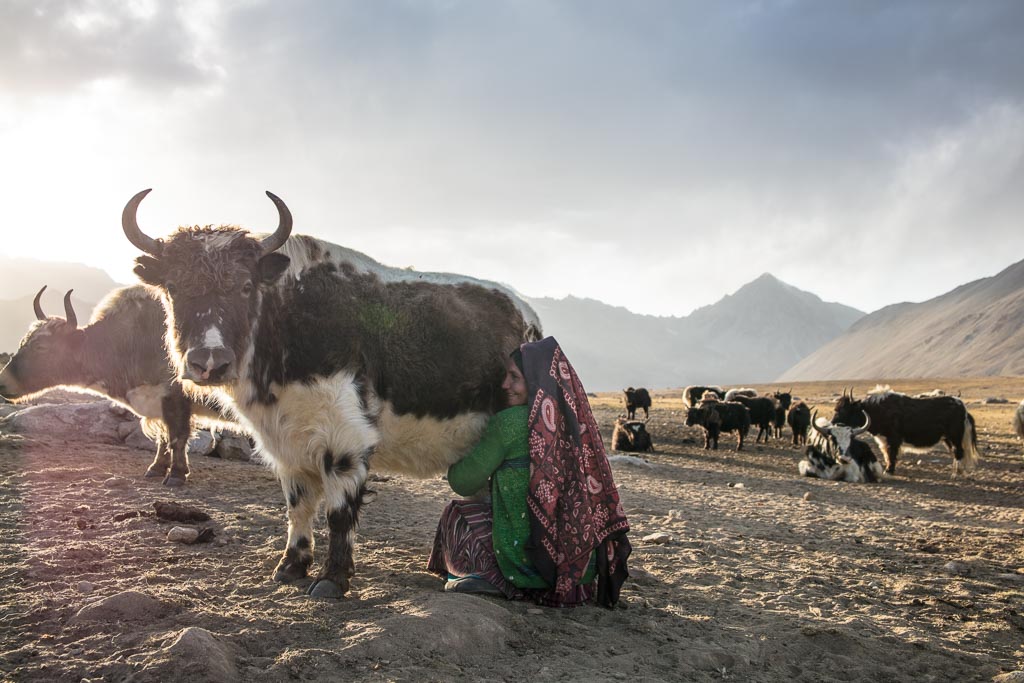
Almost every evening in the Great Pamir, the men arrive back after a day of taking the livestock to high pasture to graze for the day. The whole village comes together as kids wrangle the animals in for the women to milk the yaks, goats, and sheep as the sun sets on yet another day in the mountains. The milk is then used to make shirchai and yogurt, two necessary staples in the diet of the Wakhi people.
Aksanktich, Great Pamir, Afghanistan
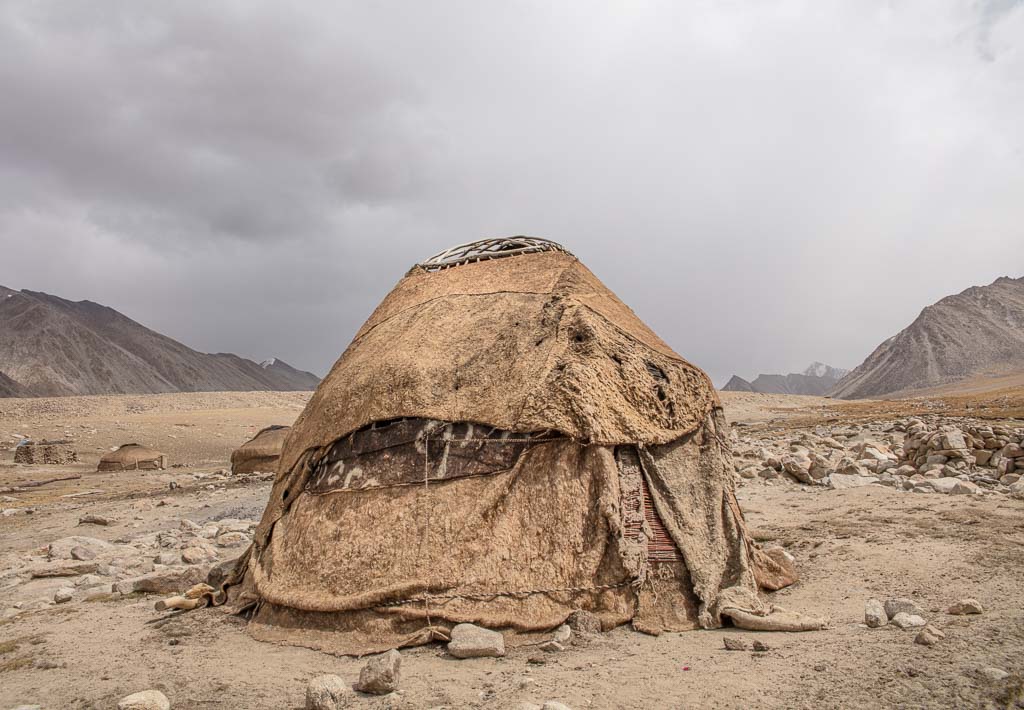
A yurt at a shepherding camp in the Great Pamir as a storm rolls in from the northeast.
Great Pamir, Afghanistan
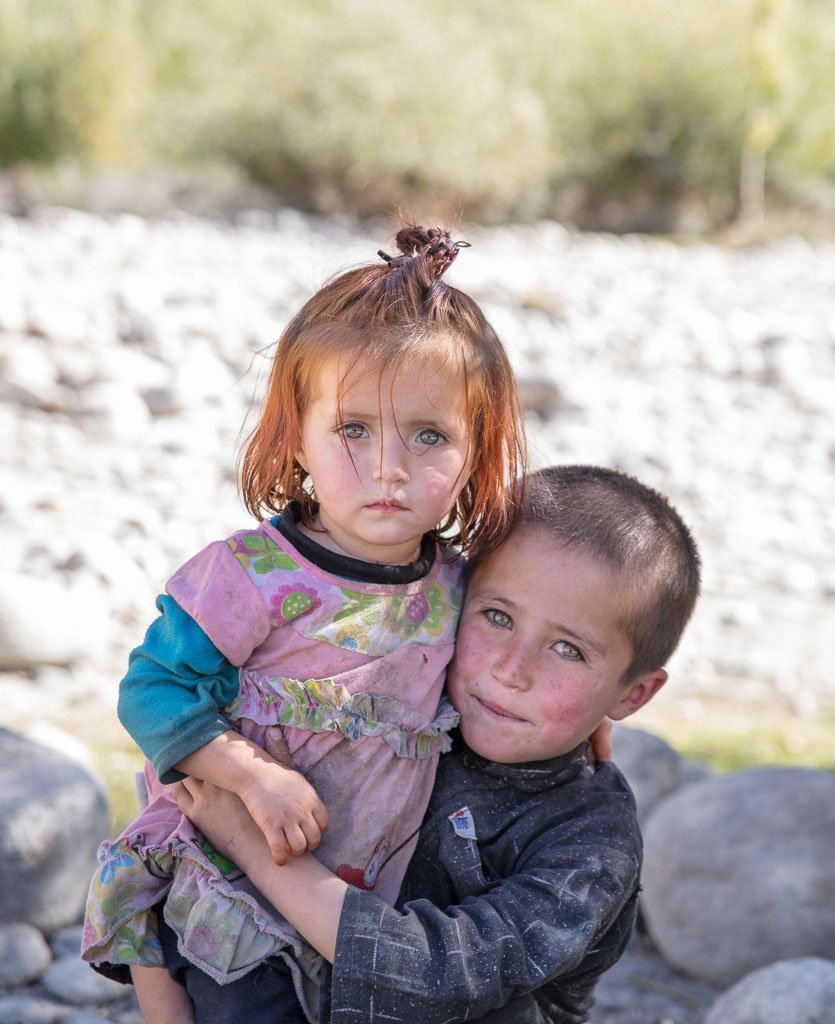
A Wakhi brother and sister playing outside as we waited to change a tire on the trusty Toyota Corolla. What caught my attention more than anything else about these two, in particular, was the striking color of their eyes.
Wakhan Corridor, Afghanistan
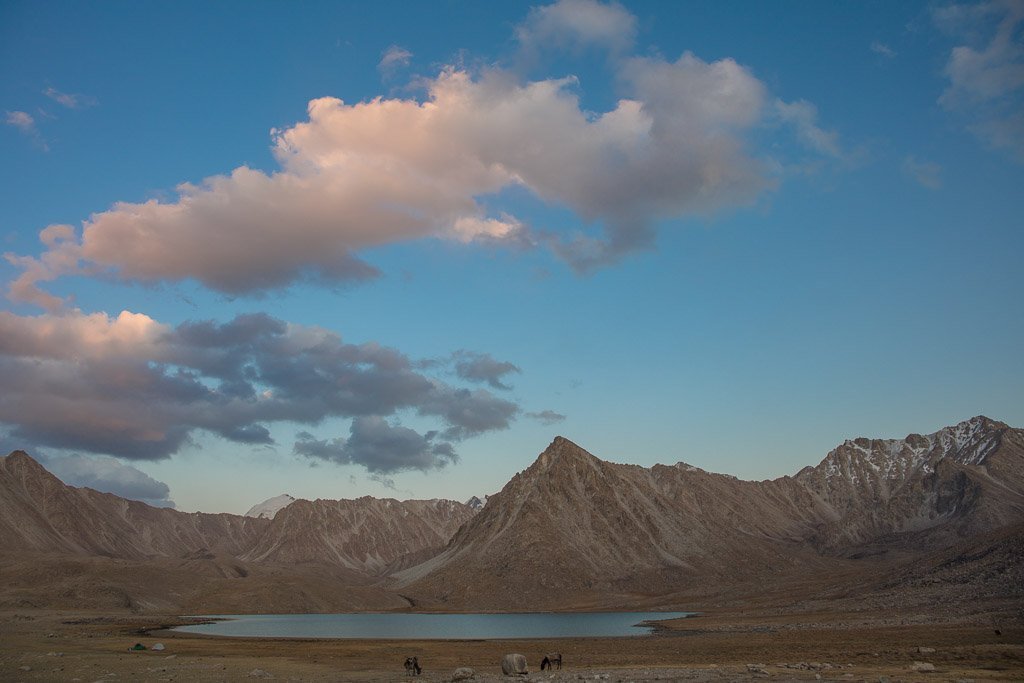
The way we climbed up to the lake and village of Aksanktich was a windy, cold, and stormy one. We had woken up to a light dusting of snow on that cold September morning. As the day continued on the weather seemed to stay dark and gloomy until shortly after we reached Aksanktich where the sky seemed to open up to this colorful sunset over the bowl of mountains we sat in.
Aksanktich Village, Great Pamir, Afghanistan
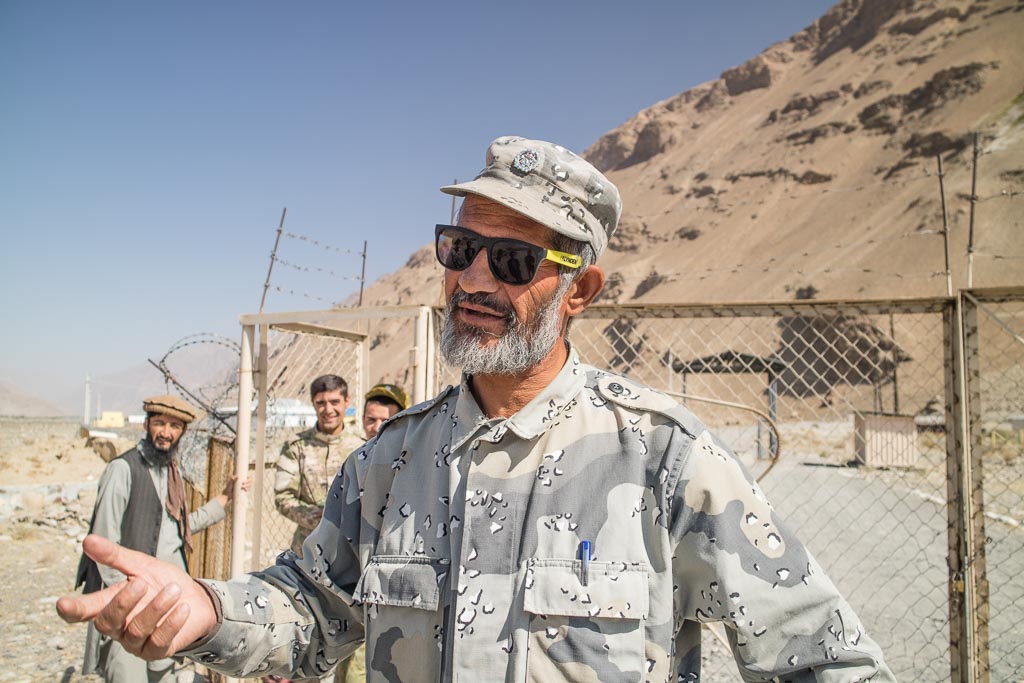
The Afghan-Tajik border in Eshkashim was a photo-op all in itself. I normally have my camera and everything electronic put away on a border crossing day, but here at the Eshkashim/Ishkashim border was more like a photoshoot. Everyone wanted a photo, including this man who wanted one wearing my sunglasses which I think he pulled off quite well. I tried giving him the sunglasses but he insisted on giving them back.
Afghan-Tajik border at Eshkashim, Afghanistan
Read: The Eshkashim Border Crossing Report
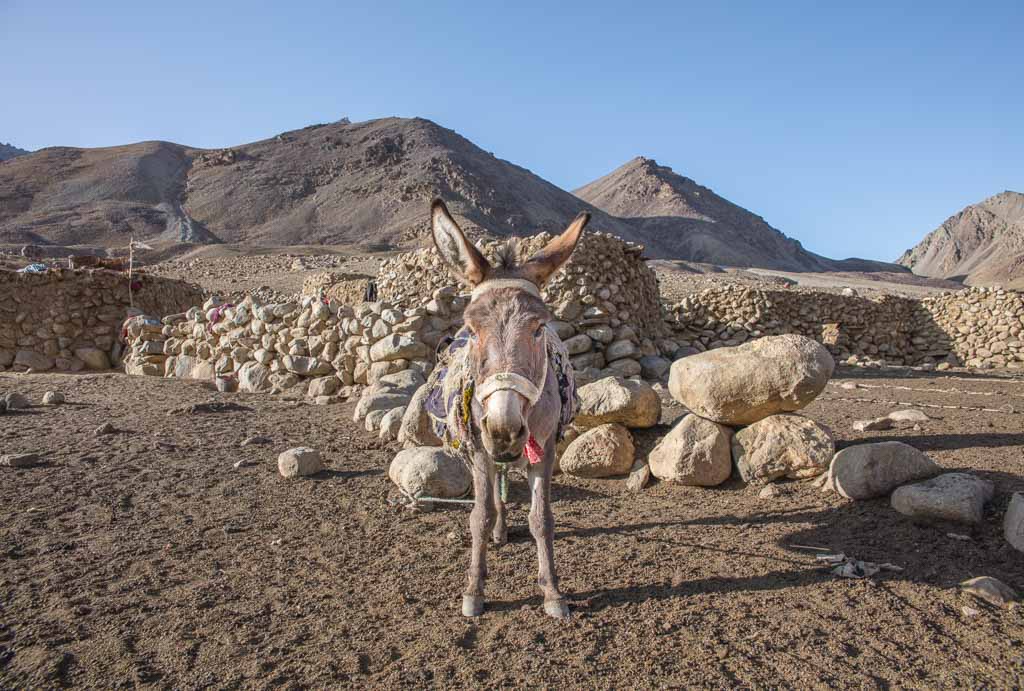
Our trusty steed in Maydon village glad that his day was over. Pack animals are still widely used all over the Wakhan and greater Central Asia to transport goods.
Maydon Village, Great Pamir, Afghanistan
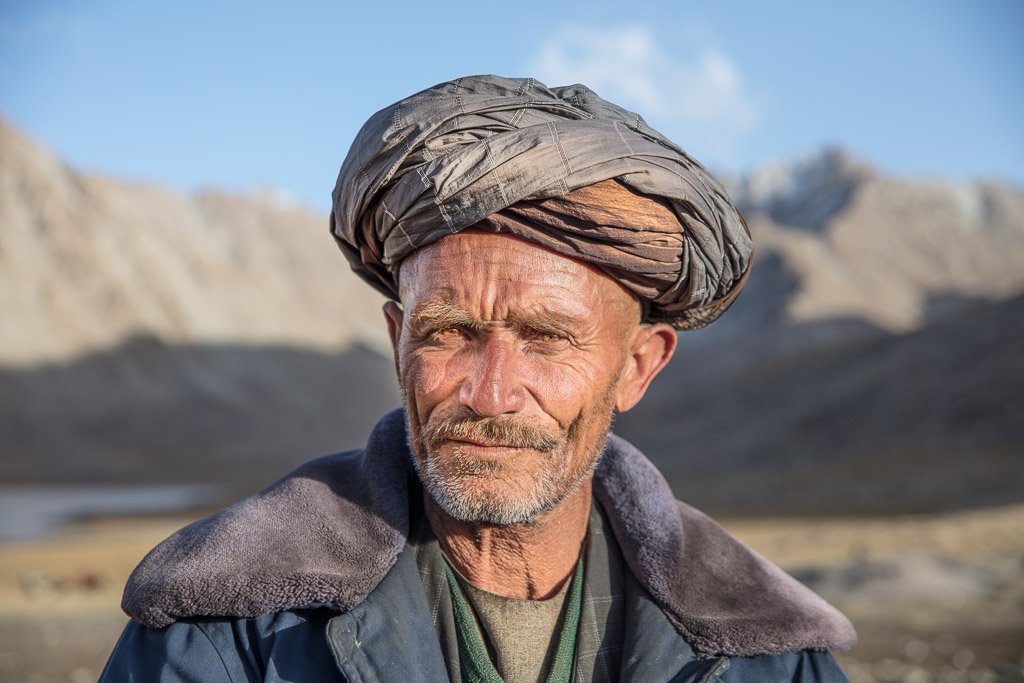
The people in the village of Aksanktich all gathered around to help as we set up our tents near the lake and then proceeded to take me to each and every yurt and stone house in the village. Every time we’d pop back out into the daylight everyone wanted to take their turn having a photo of them taken and then would excitedly look at it on the viewfinder on my camera. This man’s eyes definitely got my attention right away- they almost looked on fire with the dropping sun reflecting the yellows and oranges in his eyes.
Aksanktich, Great Pamir, Afghanistan
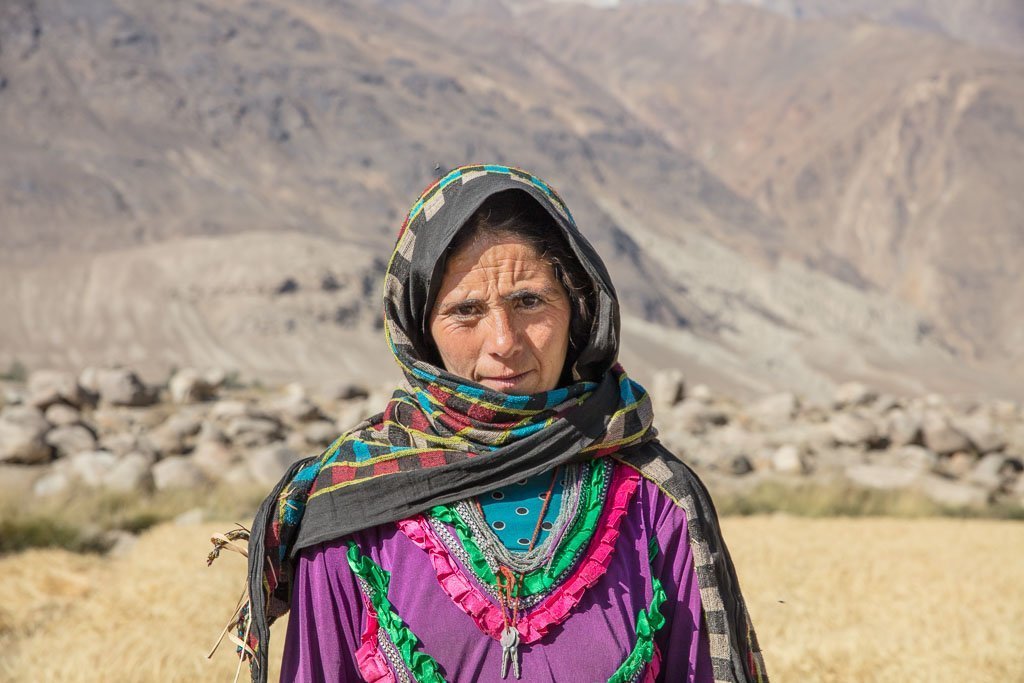
Bread is life in this region. A Wakhi woman helping her family gather wheat for the winter. By growing and gathering wheat over the summer so that bread can be made at home it saves families what little money they do have from being spent at the bazaar.
Qazideh, Wakhan Corridor, Afghanistan

The Great Pamir are dotted with high altitude lakes, like this.
Aksanktich Lake, Great Pamir, Afghanistan
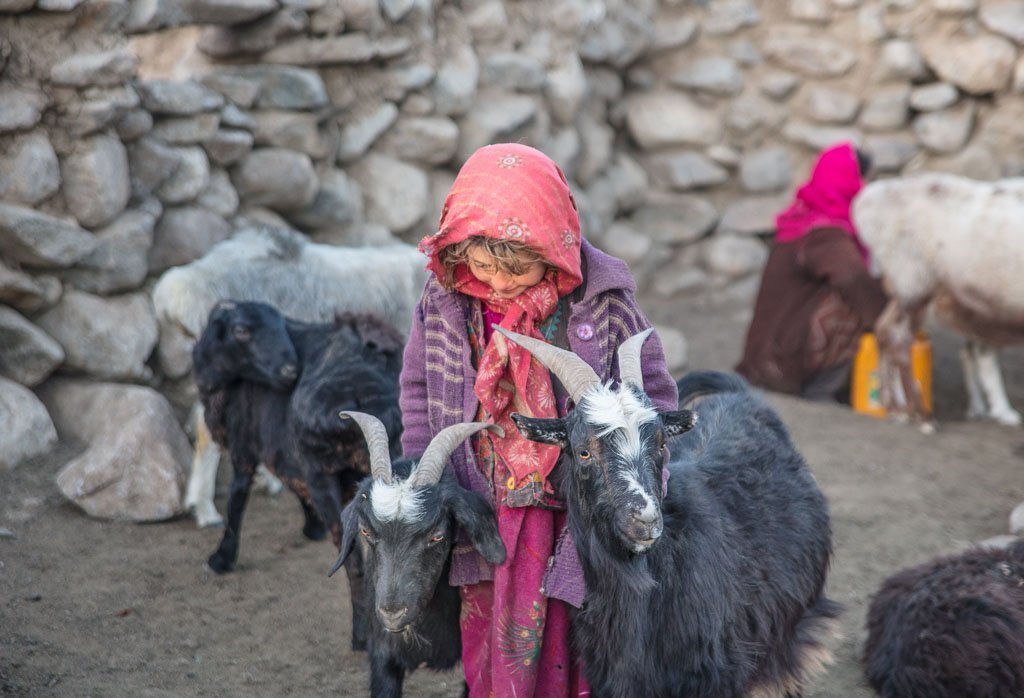
Girl bringing two goats to her mother for milking in the late afternoon after the men returned home for the evening with the livestock. Everybody; young, old, and in between helps to make these high altitude societies function.
Maydon Village, Great Pamir, Afghanistan
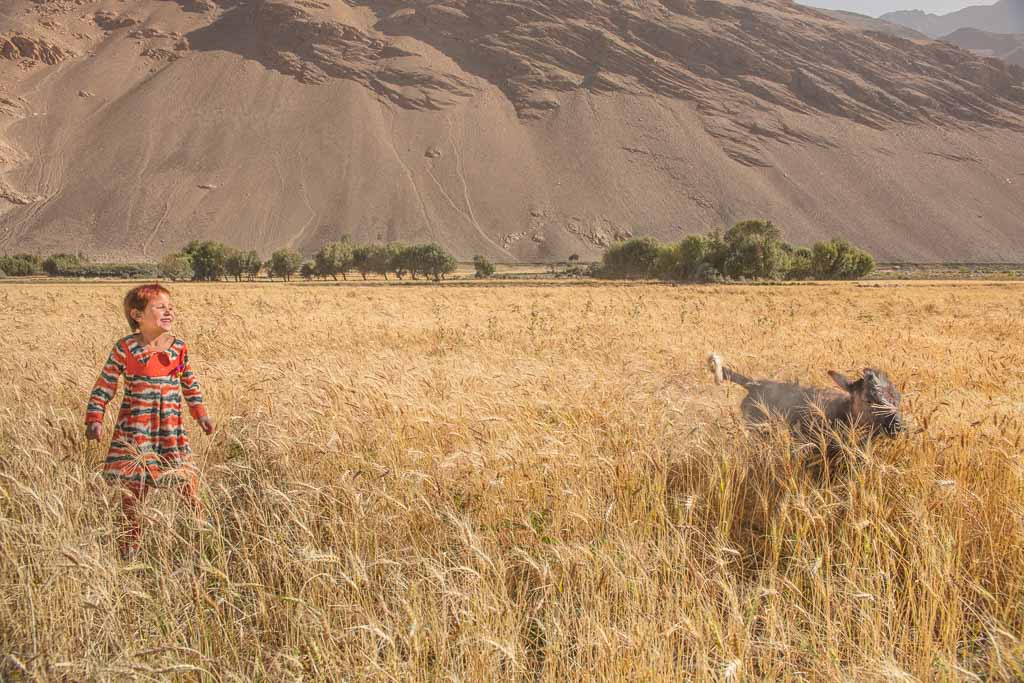
Fun in the wheat fields. Although life is hard in the Wakhan, people still find ways to bring happiness around them and to their neighbors even if it’s from something as simple as playing with a young calf in a field.
One thing that stood out to me in what photos I have shared from Afghanistan online is that most people (who I can only assume have not been there), who felt the need to comment, or message was that people in Afghanistan are inferior to those of us in the western world. That they are poor, unhealthy, and live under a constant threat.
Terrorism hasn’t been able to flourish in this region even though it is encroaching in on the Badakshan Province, healthcare is few and far between, and non-existent in parts of the Wakhan, mortality rates are high, running water is not an option, and yes the region is one of the world’s poorest in terms of wealth. But does that make them inferior? Some of the happiest people I’ve seen at a given moment in time was one of the families I stayed within Qazideh, all dog-piled together in their home heated by fire after dinner as they snuggled up, laughed, played, and watched an Afghan gameshow together on an old TV with an old set of bunny ears.
I’ll give the internet that- their lives are much more difficult and survival isn’t a right like it is seen here in the first world, but monetary wealth will never equate to happiness.
Qazideh, Wakhan Corridor, Afghanistan
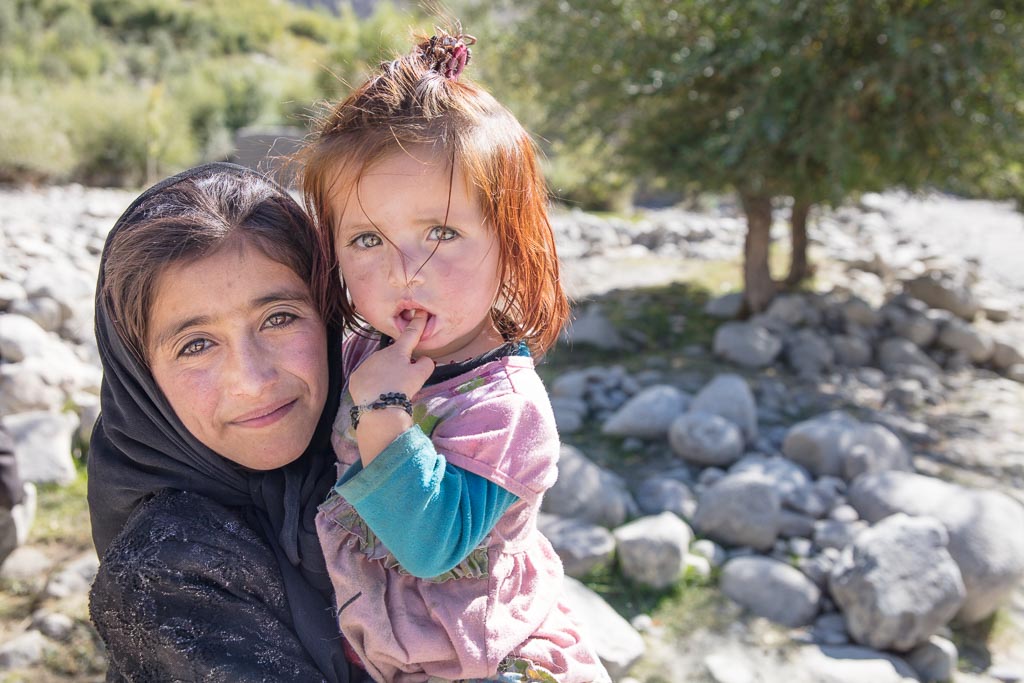
Sisters along the road playing in a stream with their brother. The Wakhan Corridor is home to mainly Wakhi and Kyrgyz people and nomads, but in the past was an important route of the Silk Road trade route which seen many different people including Marco Polo and Bento de Goes traveling from Europe to East Asia and vice-versa. However the coming to be of the Wakhan Corridor, geopolitically speaking is a strange one.
In the late 1800s at the height of the Great Game, with the expansion of the Russian Empire into Central Asia, and England’s expansion of British India, and the constant threat of war between the two, agreements were finally signed making the Wakhan Corridor politically a part of Afghanistan to create a buffer between the Russian Empire and British India. And that’s how Afghanistan ended up with this strange little Pinocchio-Nose-like panhandle.
Wakhan Corridor, Afghanistan
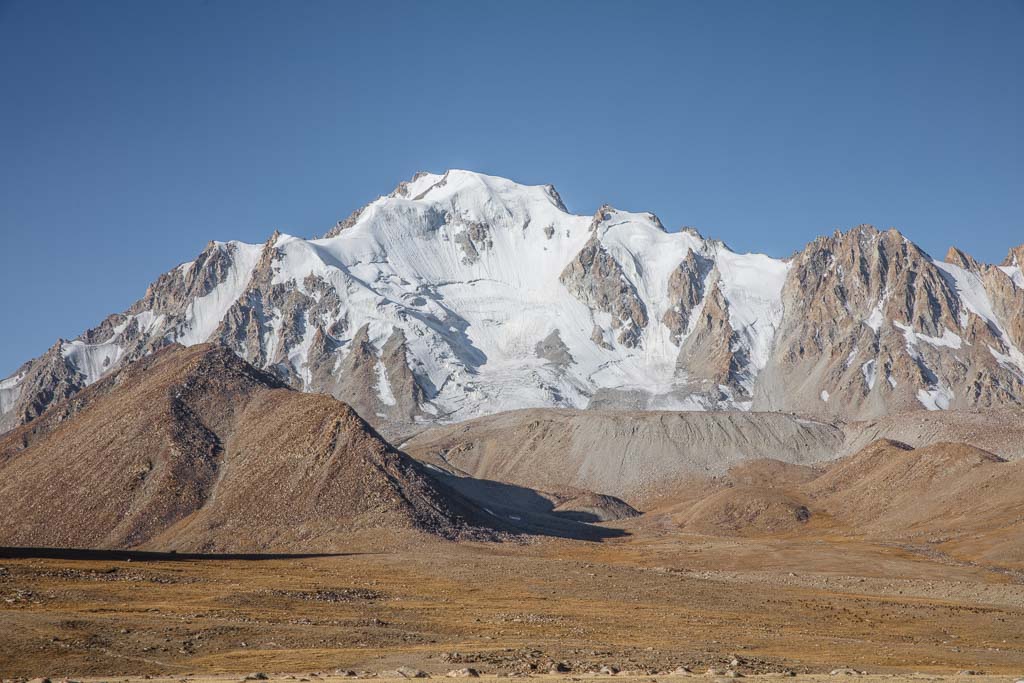
Up in the plateau between monstrous peaks in the High Pamir. Life is rugged out here at these altitudes, so harsh not even vegetables can grow. Therefore, the people live mostly off of a diet of bread, milk, yogurt, mutton, and tea.
Sure the occasional root vegetable makes it up here when someone travels down into the valley villages and returns. With little food available all around the immense generosity of the people in the Wakhan Corridor is quite amazing. People who survive in such a harsh environment are so quick to welcome you in and share with you everything they have.
Great Pamir, Afghanistan
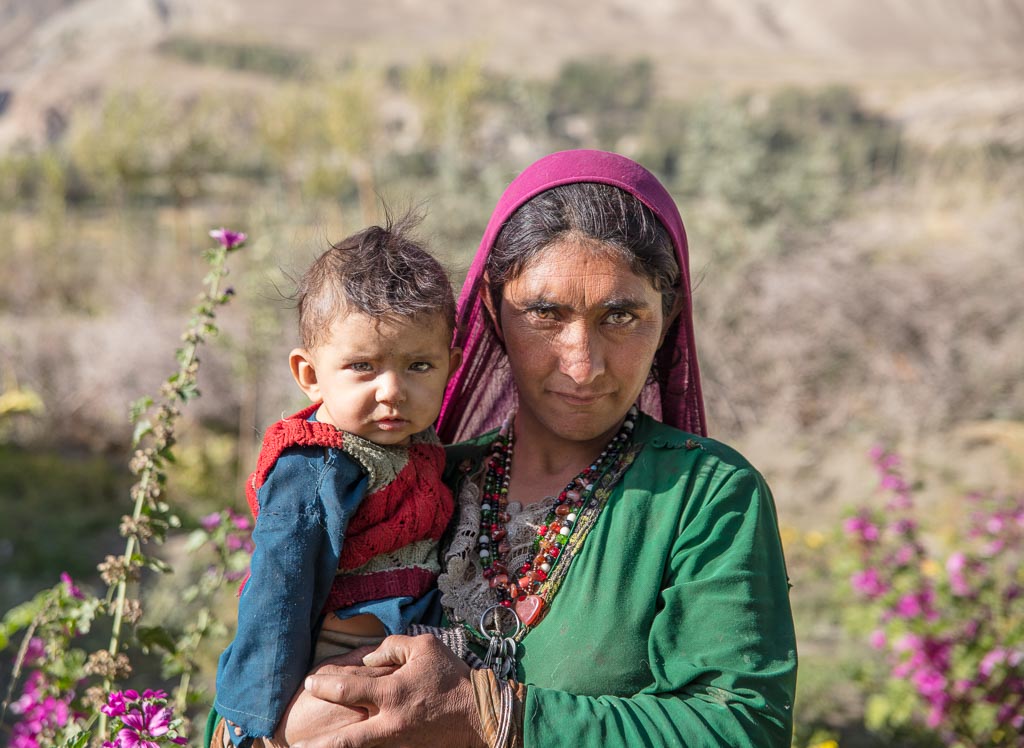
This woman saw me standing in a field and ushered me in to show me her home and garden as well as her baby boy. I asked her if she’d like her and her son’s photo taken and she quickly brought me out into her yard to be surrounded by magenta flowers for their photo.
Interested in visiting Mainland Afghanistan? Check out my Afghanistan Travel Guide
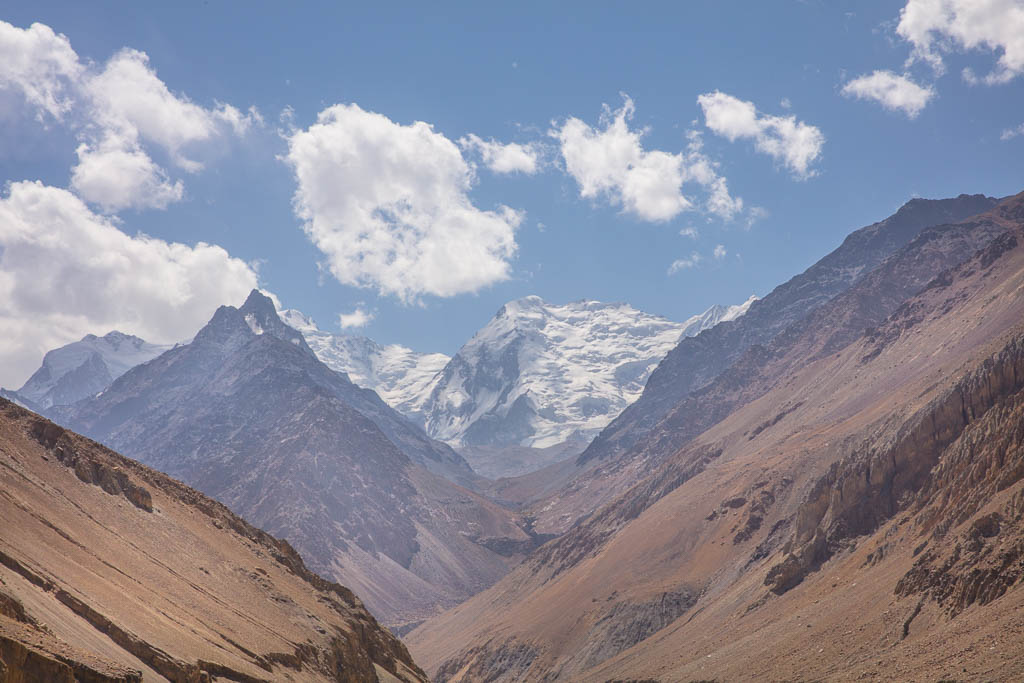
The Hindu Kush and Karakoram Ranges are the natural borders that separate the Afghan Wakhan from Pakistan.
Hindu Kush, Wakhan Corridor, Afghanistan
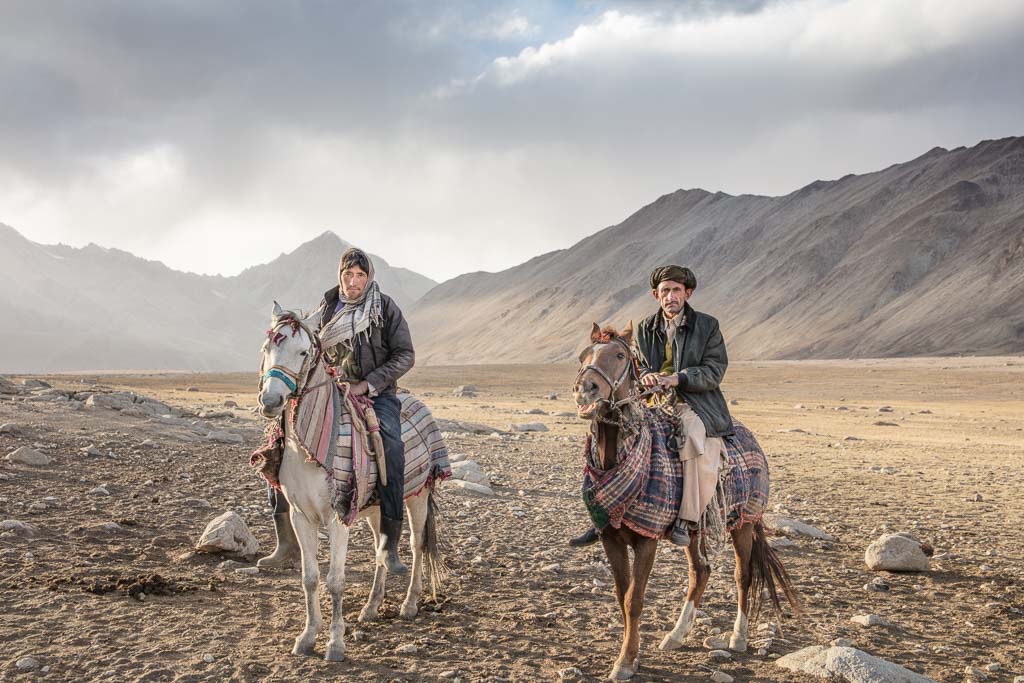
Wakhi horsemen arriving back to the village as the sun begins to set. This photo was taken in mid-September, not too much later and most of the people in Aksanktich will depart into the valley for winter to the nearby villages of Wuzed, Sost, and beyond. Winter sets in early here in the High Pamir.
Aksanktich Village, Big Pamir, Afghanistan
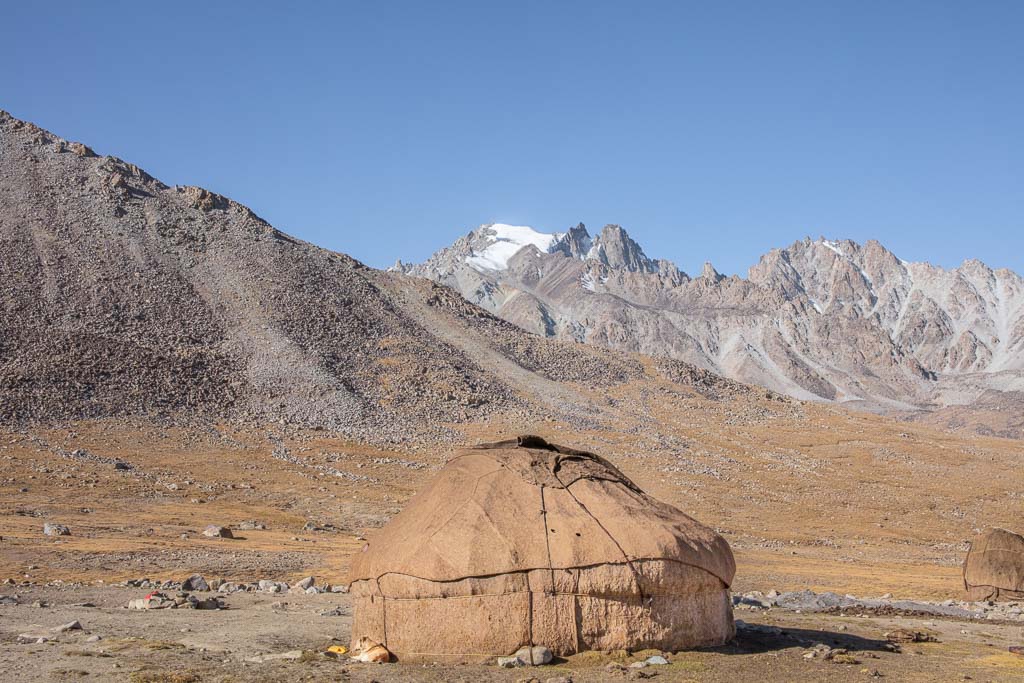
Portable homes are a necessary part of life in the Pamir. Houses made of stone and sod are more common down in the low valley below, but high up here in the mountains, homes need to be mobile as shepherding camps will need moved season to season to accommodate the unforgiving weather.
Great Pamir, Afghanistan
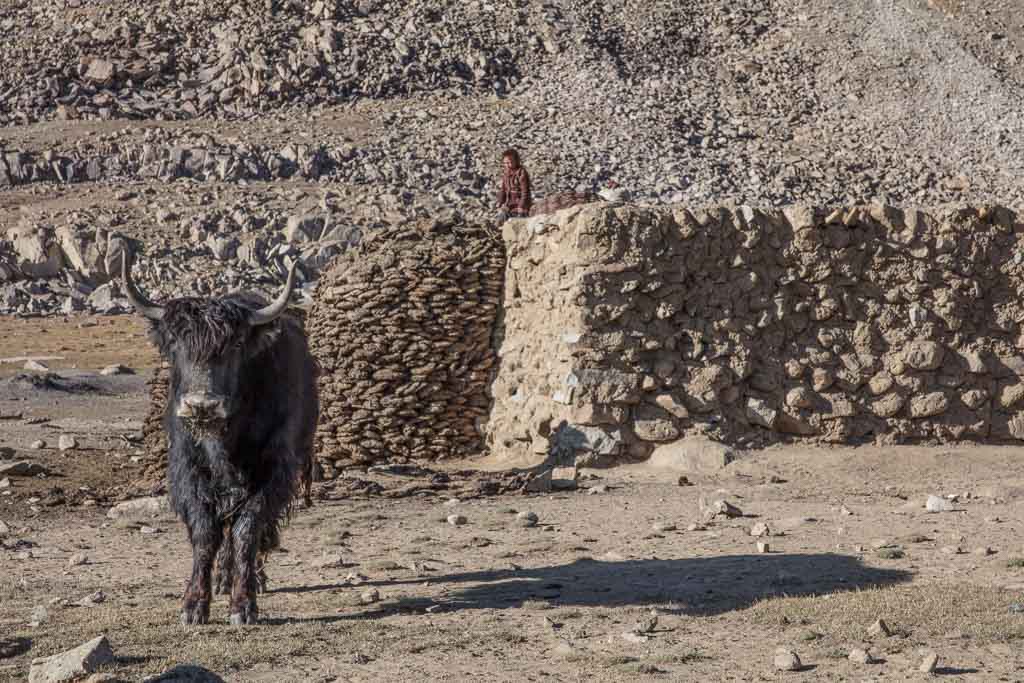
Yaks are an important part of life in the High Pamir. An essential part of survival for families. If you look behind the yak, between it and the stone wall you’ll notice dung stacked to the same height as the stone wall. With no trees at these altitudes, yak dung is the Pamiri firewood.
Aksanktich, Great Pamir, Afghanistan
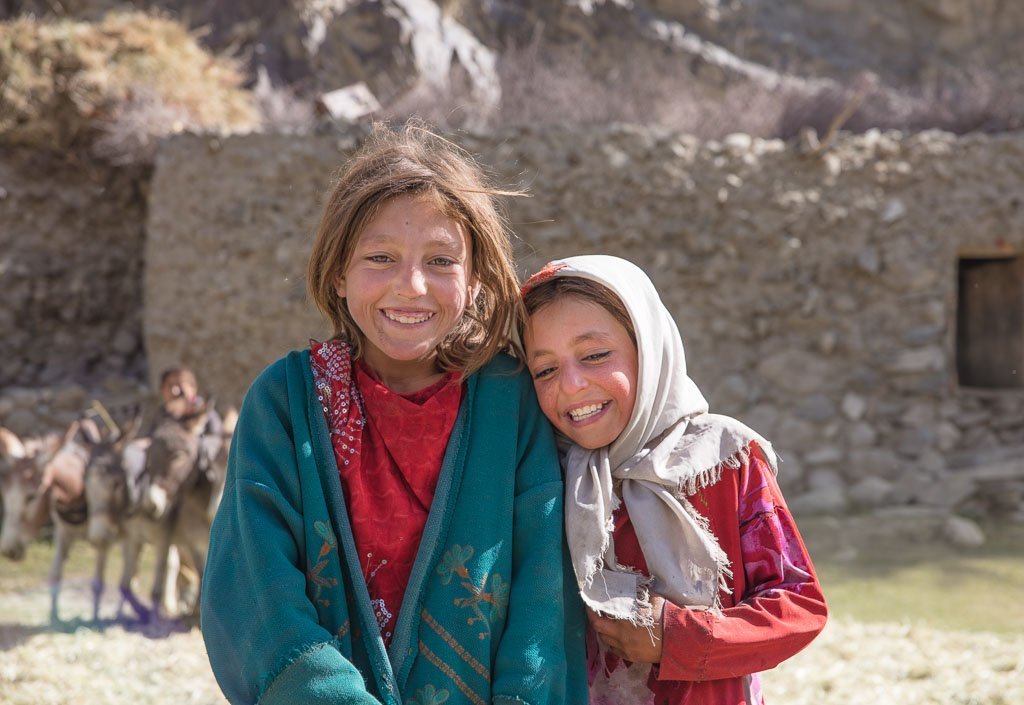
Happy girls in the village. I don’t remember what I did or said to make these girls giggle like this, but was able to capture it as I walked up to the village I’s be starting my trek from in the late afternoon.
Wakhan Corridor, Afghanistan
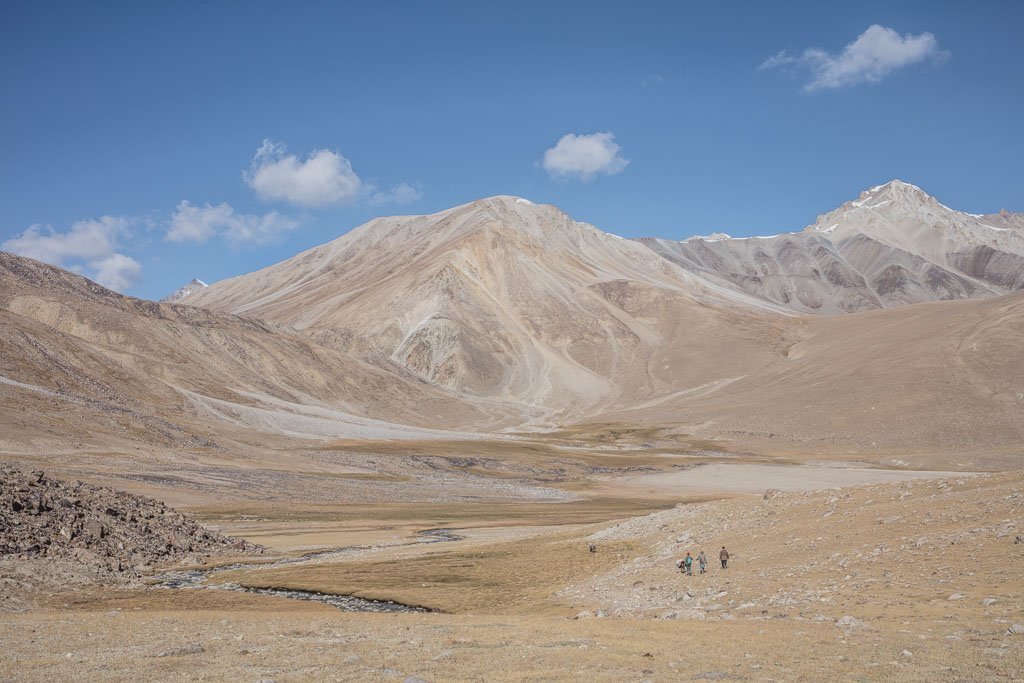
Colorful mineral swirls in the mountains of the Great Pamir. The Pamirs as a whole are a mineral-rich area. However, the terrain is extremely difficult, which is why the Pamirs whether they be in Tajikistan, Afghanistan or the fringes lying in Kyrgyzstan in China have remained with little mining.
Great Pamir, Afghanistan
Want to see another scenic spot in Afghanistan? Check out the blue lakes of Band e Amir
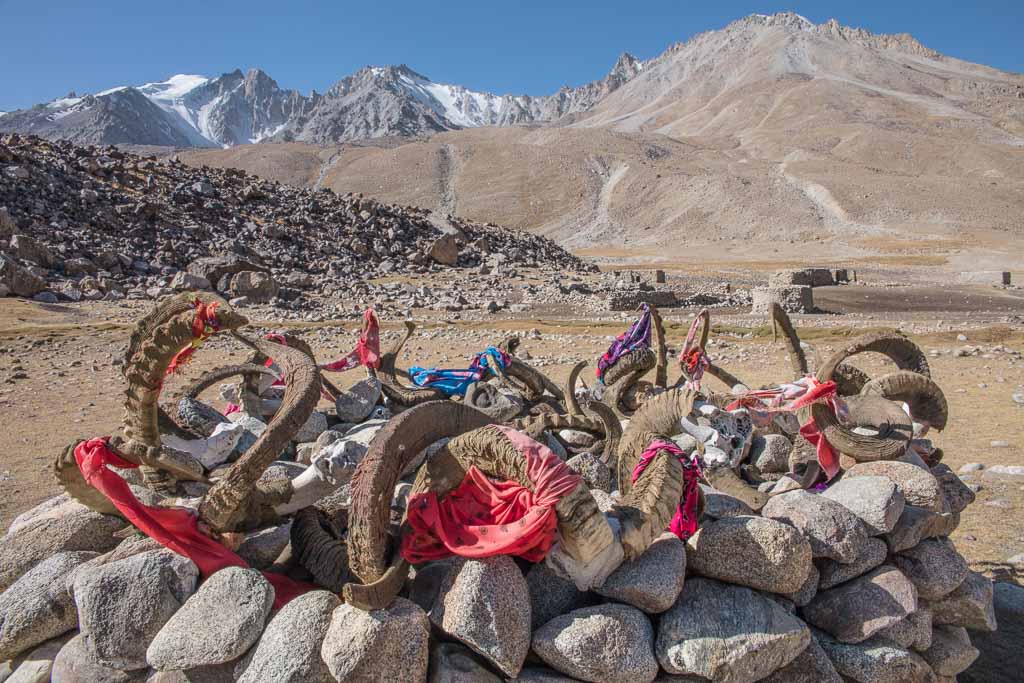
Ismailism is the dominant religion in the Wakhan Corridor practiced by a majority of the Wakhis, as well as by the Wakhis and Pamiris in Tajikistan, Hunza Valley of Pakistan, and in the Tajik regions of Western China (Kyrgyz in the Wakhan are usually Sunni Hanafi Muslims). Ismailis accept the Aga Khan as their Imam. Ismaili Mazar (shrines) adorned with Ibex and Marco Polo horns are a regular sight in the Wakhan Corridor, as well as the GBAO region of Tajikistan.
Great Pamir, Afghanistan
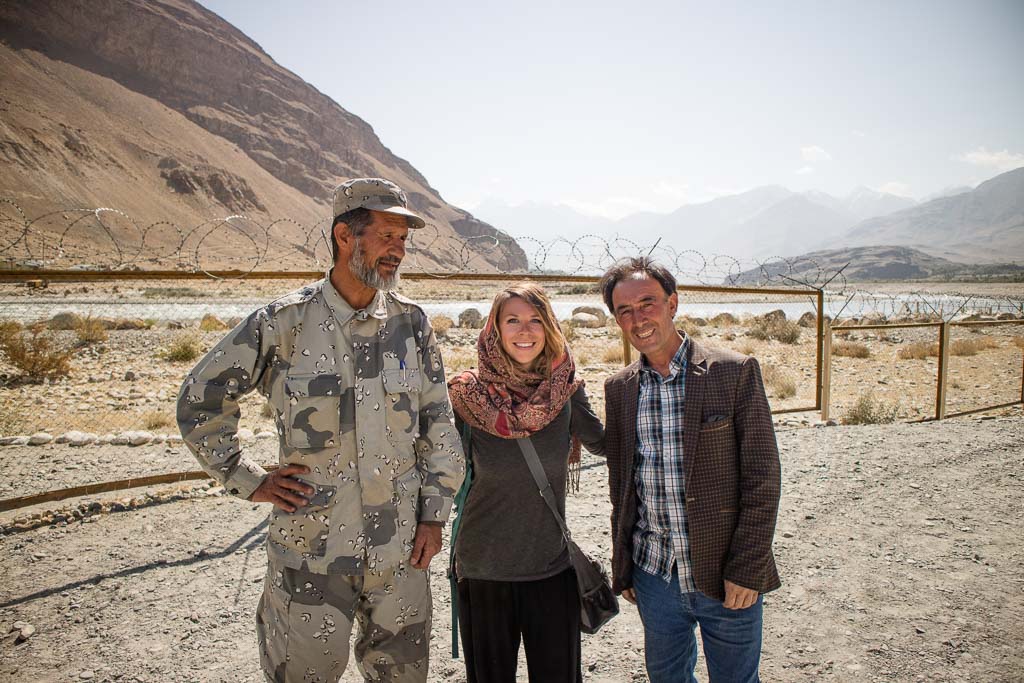
Saying goodbye to my guide, Malang in Sultan Eshkashim. But not before everyone that happened to be milling about the border that day waited around to get their picture taken between thank-yous from locals for visiting their home and taking their stories to share back in my country.
Afghan-Tajik border at Eshkashim/Ishkashim, Afghanistan
My Experience In The Afghan Wakhan In Photos
I’m not trying to romanticize the region, but just trying to show that all of Afghanistan isn’t necessarily what you see in the media. Life out here isn’t easy, and I have the luxury of at least being able to check out and go home after witnessing it, but the people here do not. If you are interested in visiting the Wakhan Corridor, go check out this post on How to get an Afghan Visa, and if you’re curious about what it was like to travel the Wakhan Corridor as a woman read this post.
Guides In The Wakhan Corridor
I recommend Malang Darya’s company Big Little Pamir Travel. Malang personally guided me on my trip. You can contact him and his team on their website Wakhan Adventure or by phone at +93 794766067.

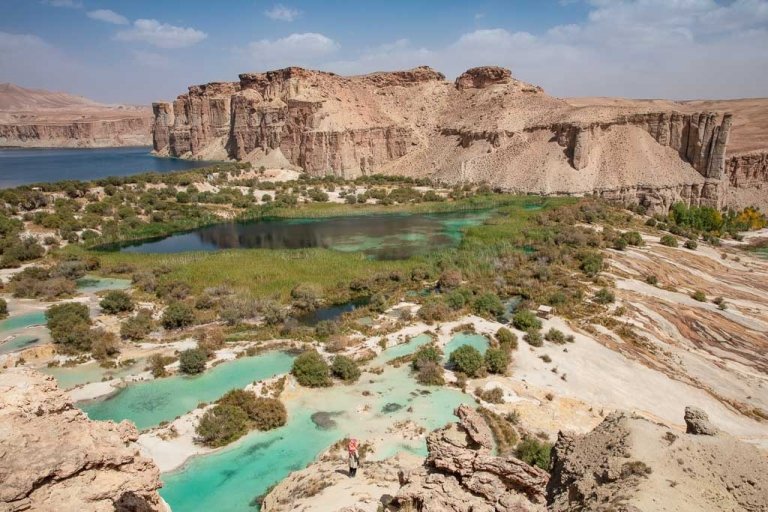
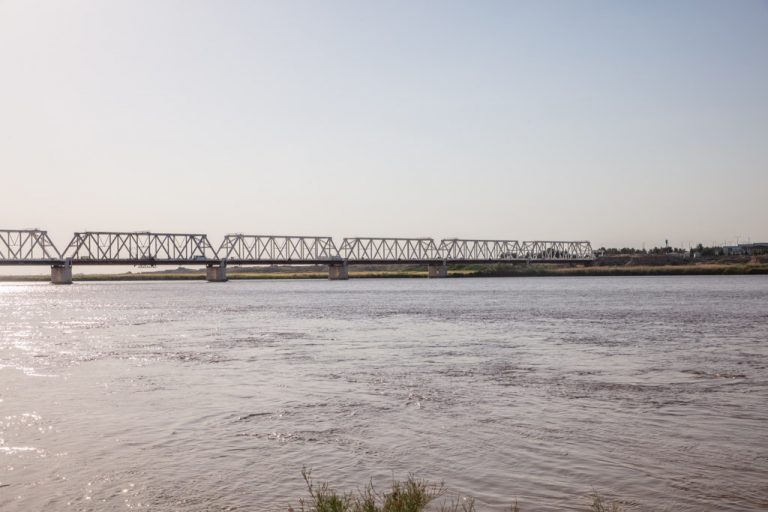
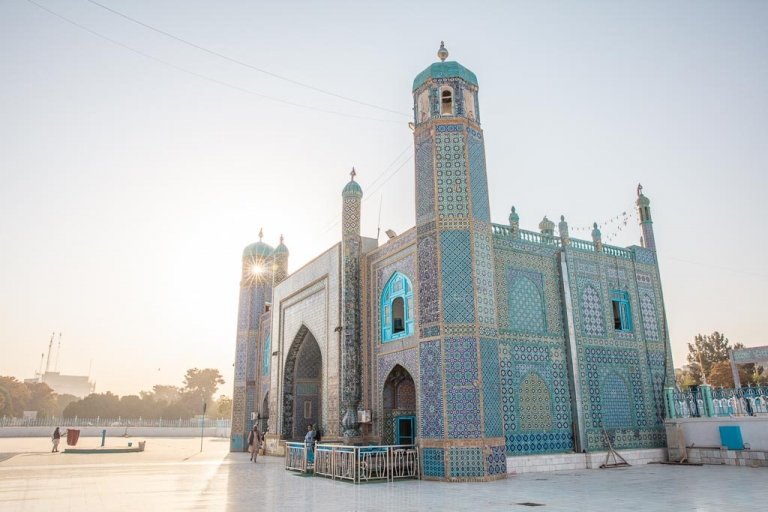
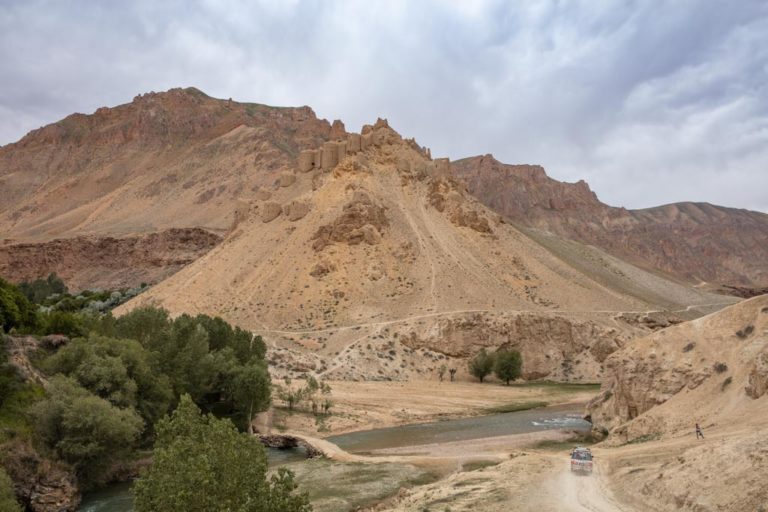
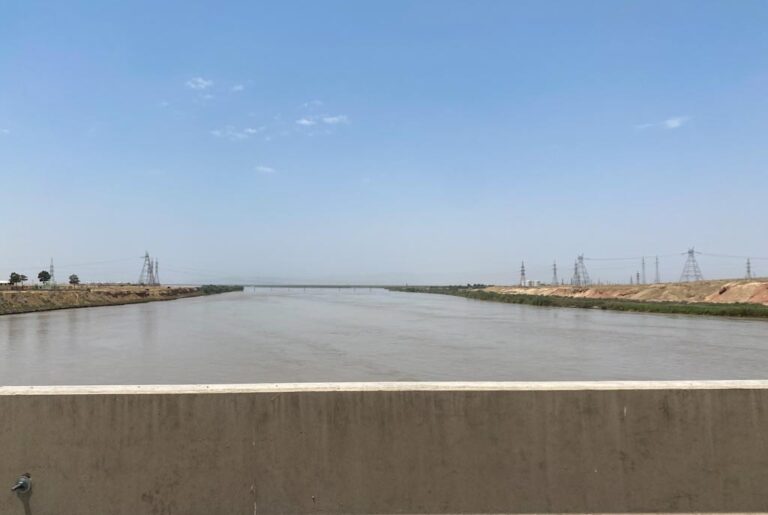
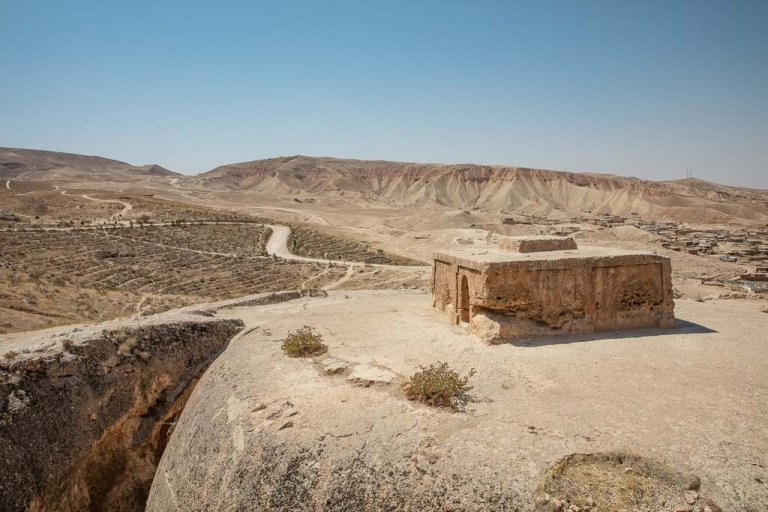
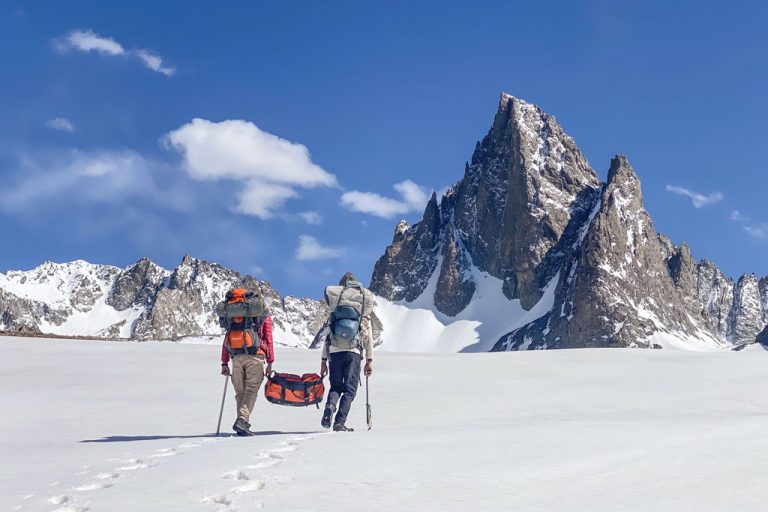
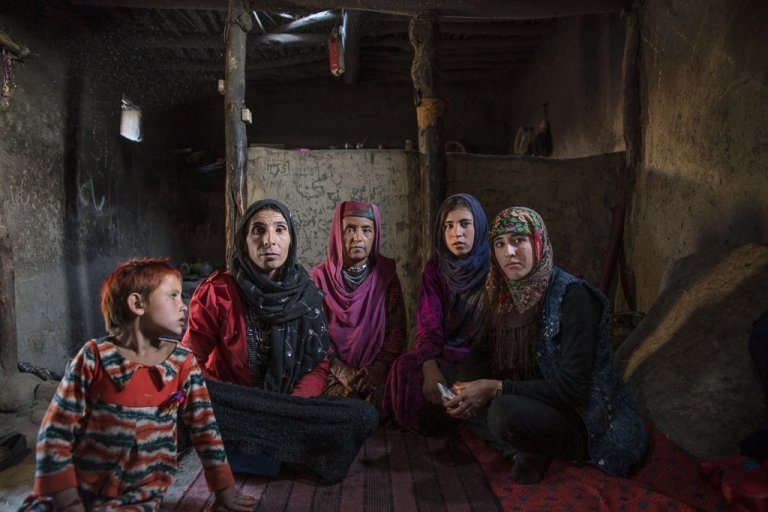
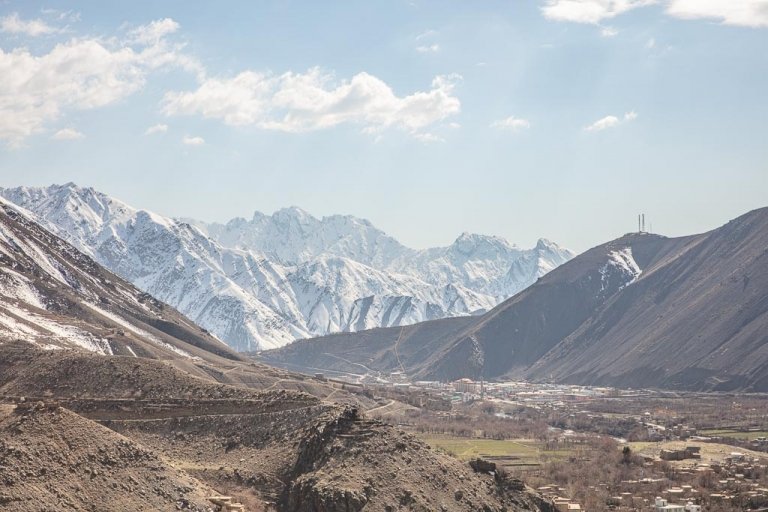
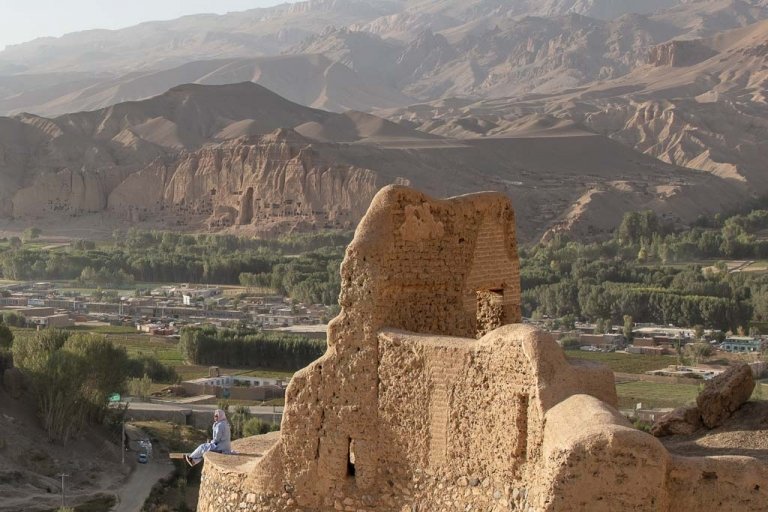

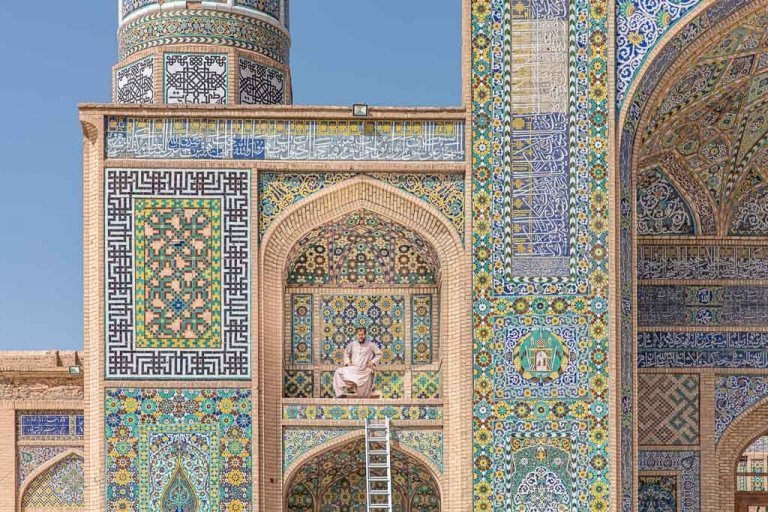
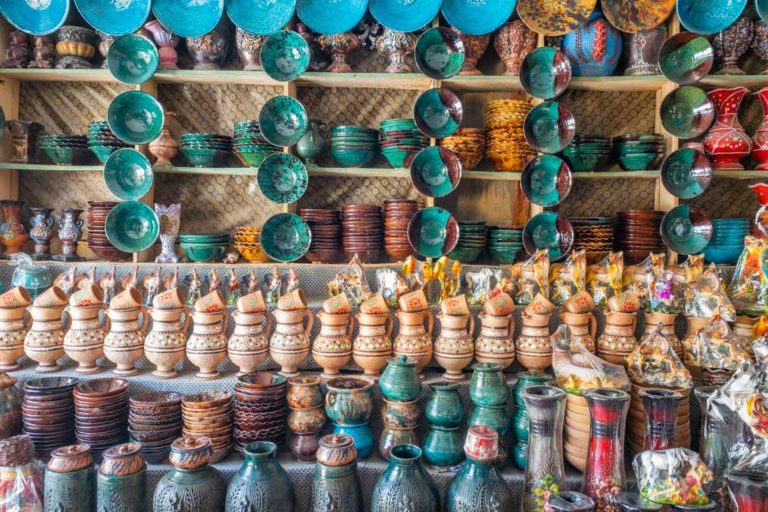
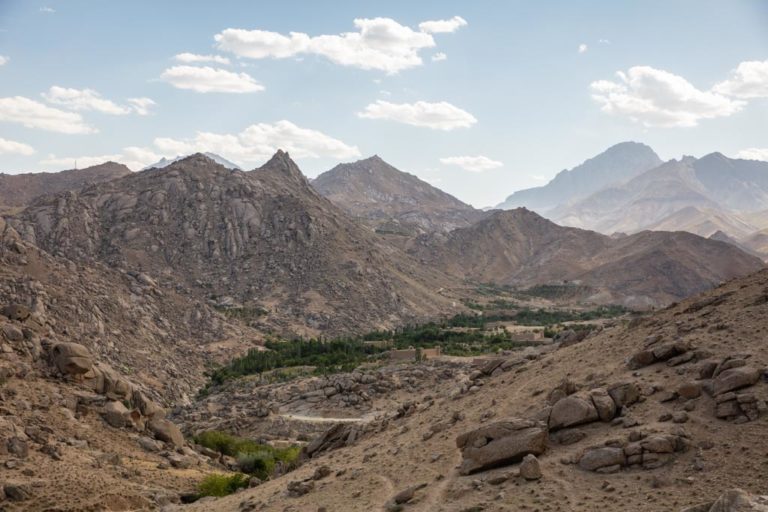
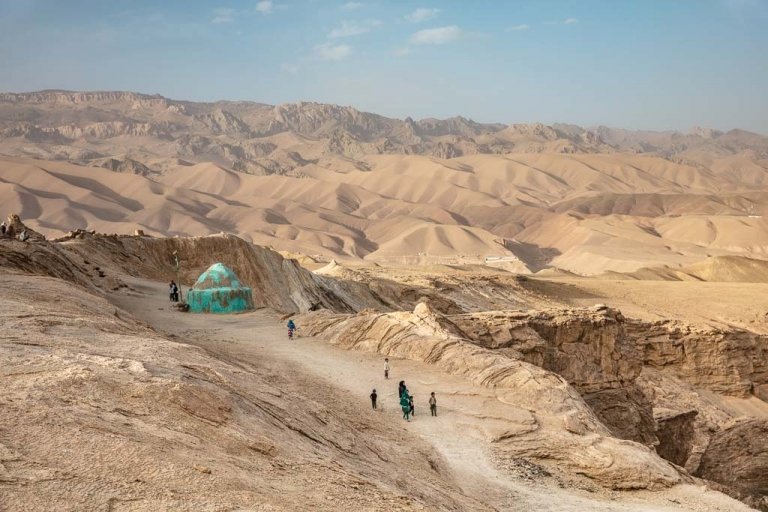
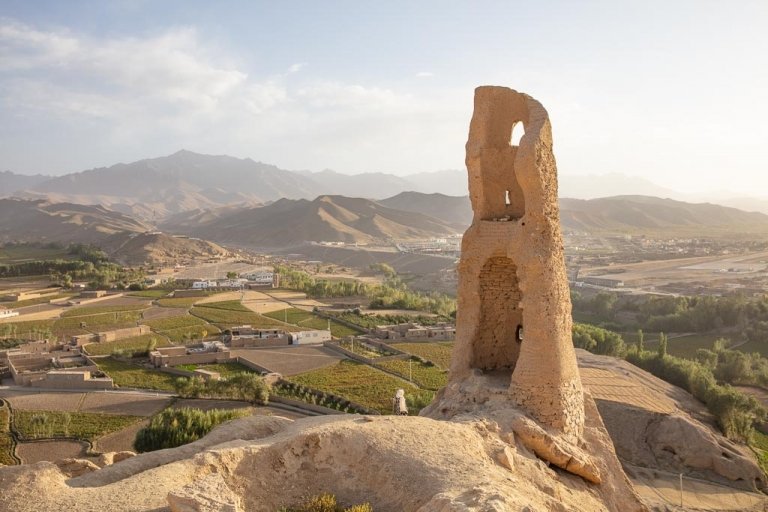
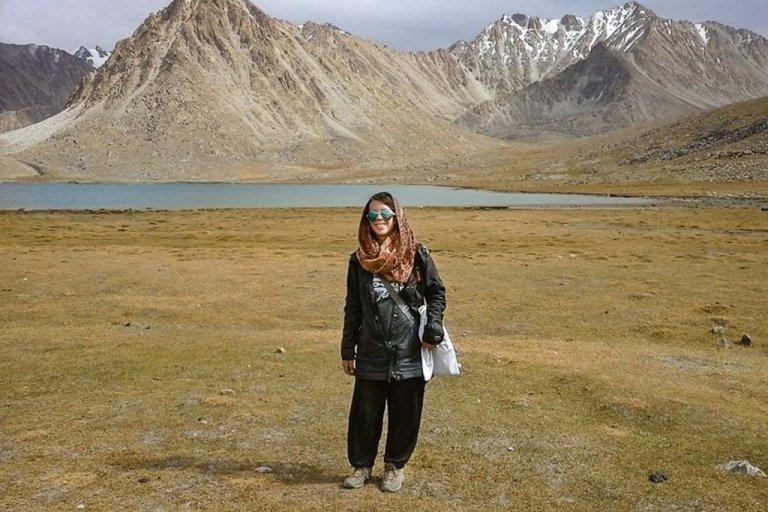
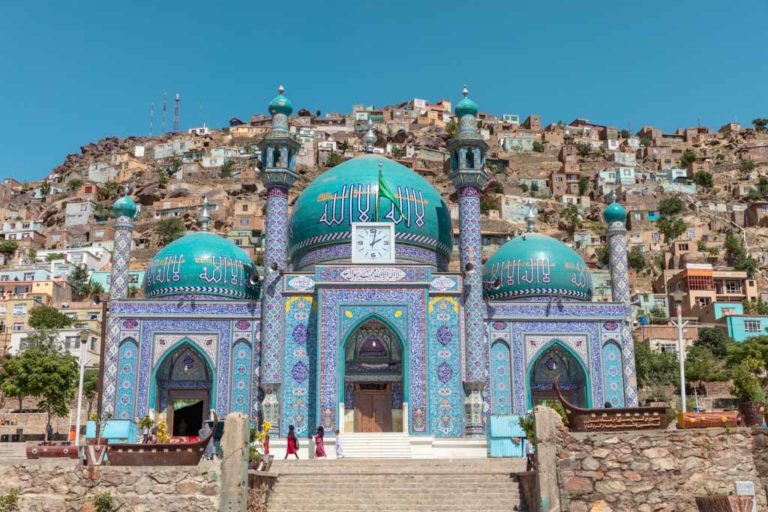
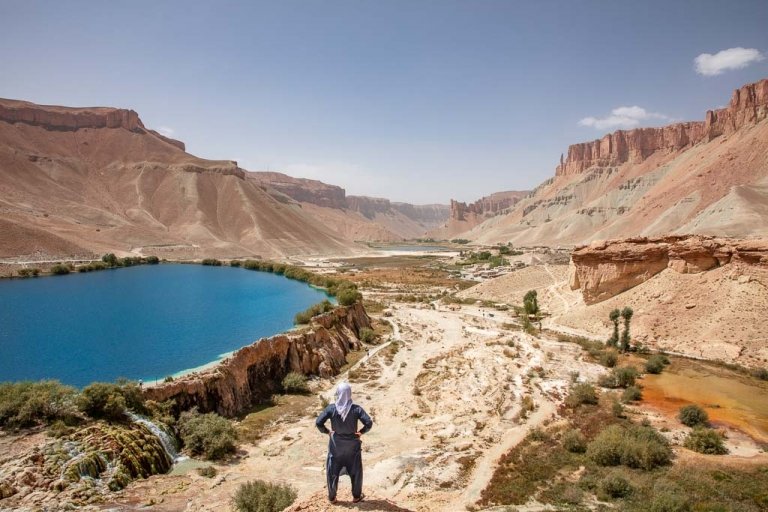
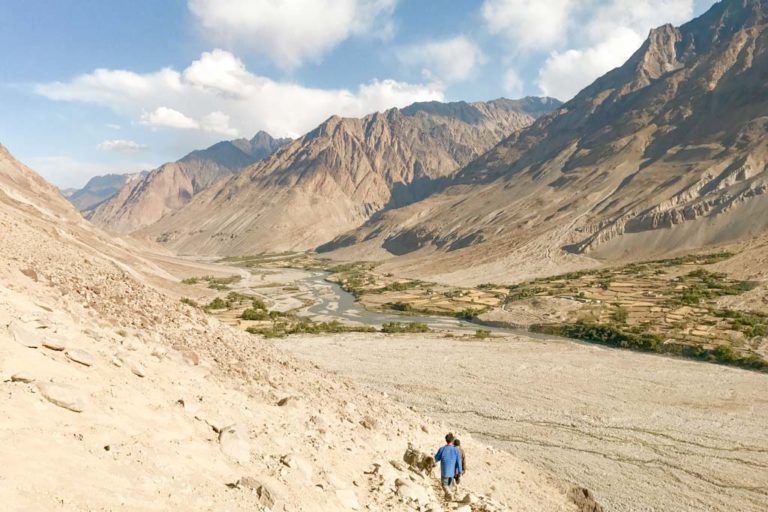
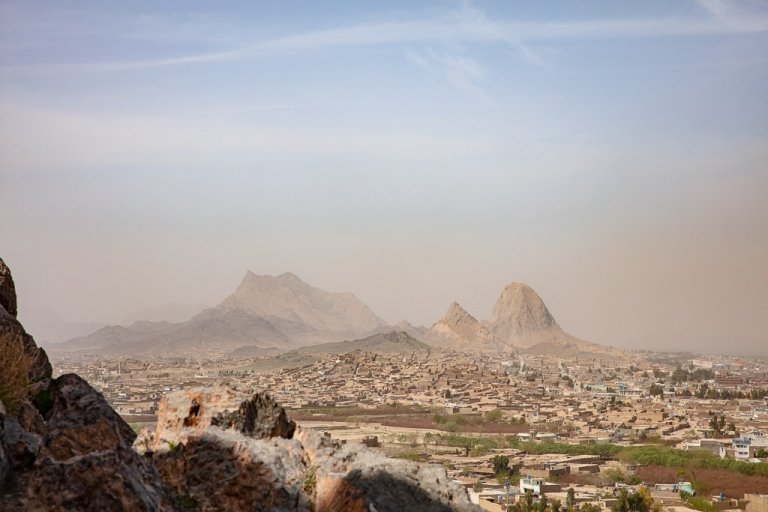
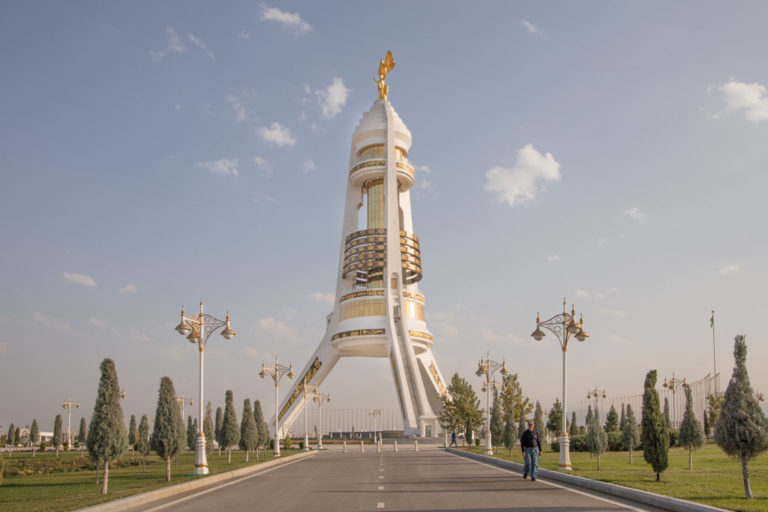
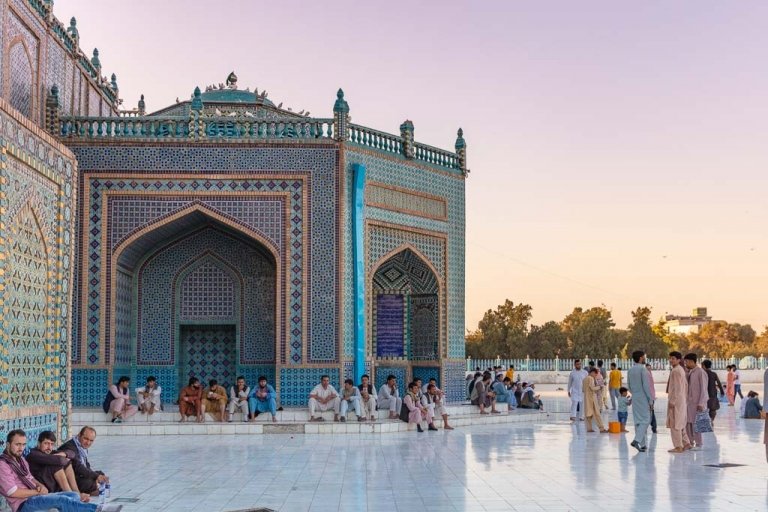
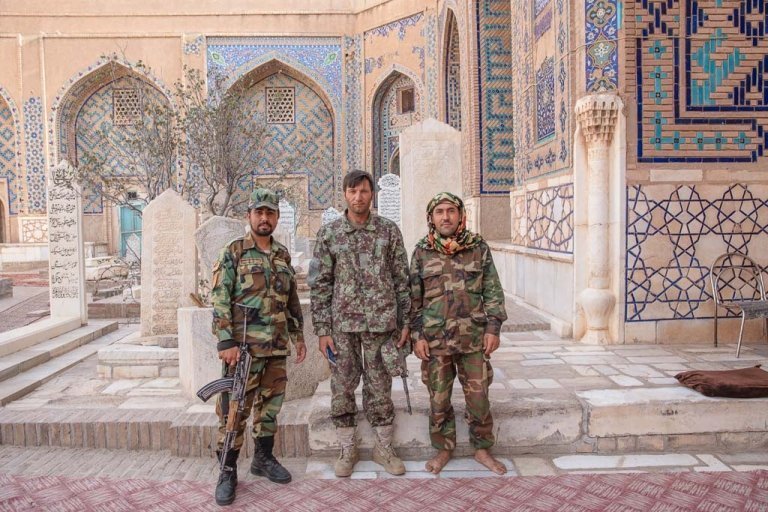
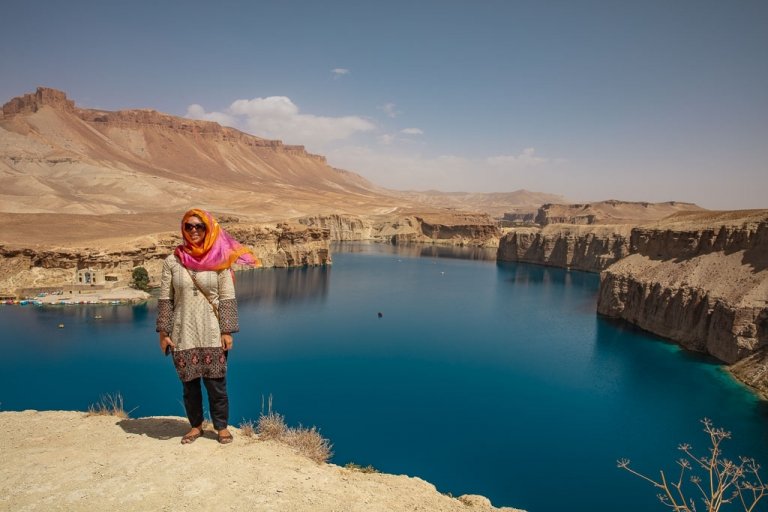
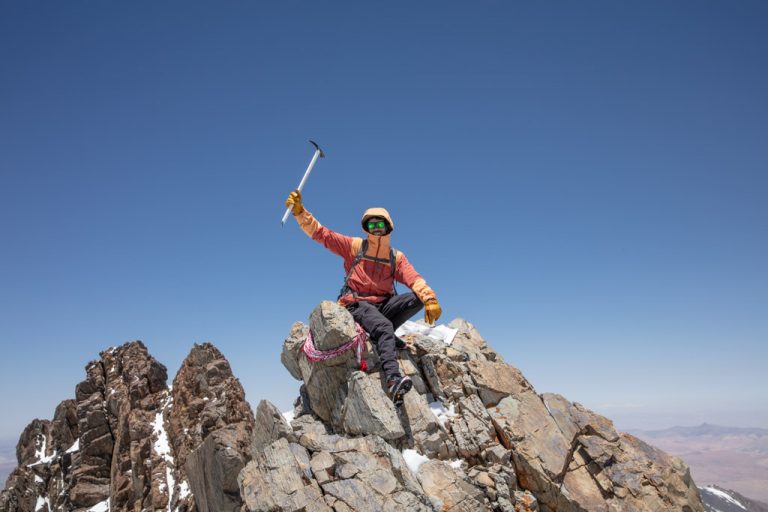
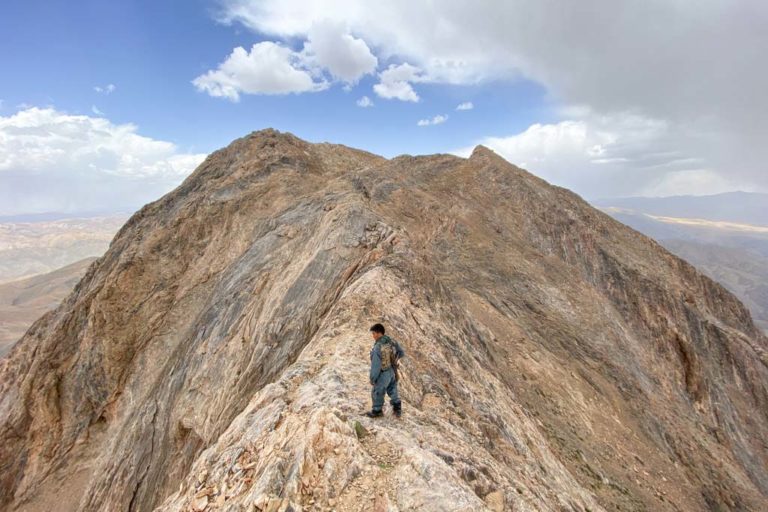
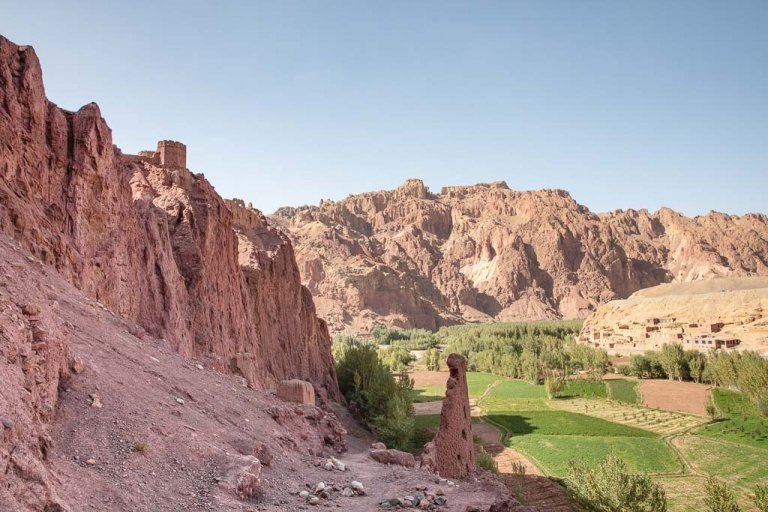

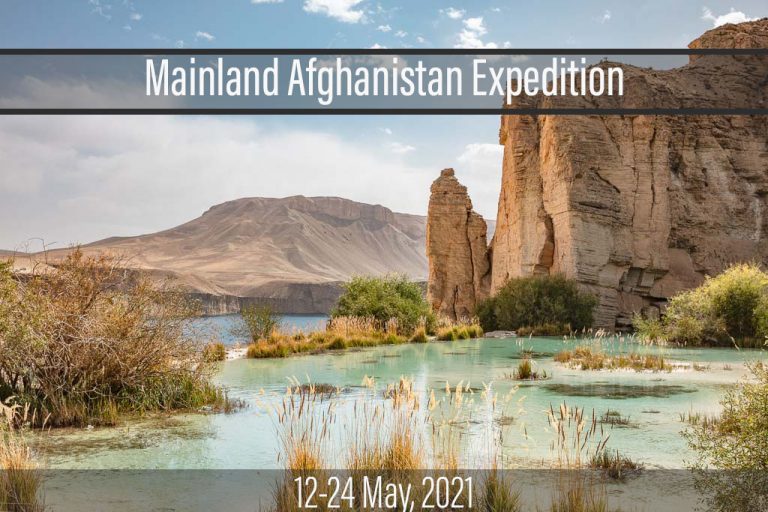
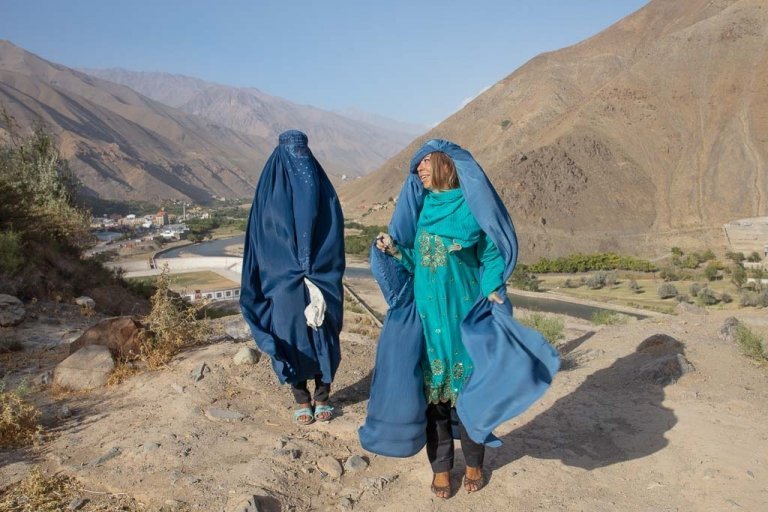
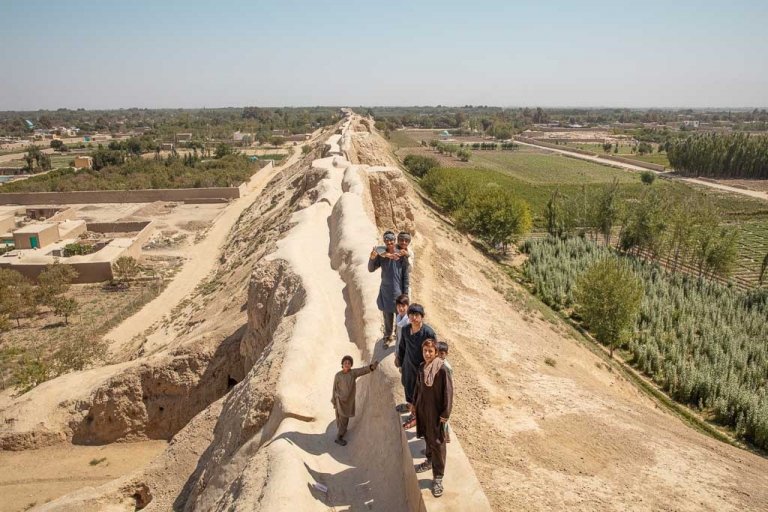
I was in Afganistan for around 2 months in 1973. I have very beautiful memories of people and places
These photos are truly beautiful! I loved reading the story behind each picture and learning about the history and people that live in this part of Afghanistan. Thank you for showing me a corner of the world I’d never heard of before, and a different side of Afghanistan.
Thank you Luther!
Oh, I forgot to mention the fantastic pictures/ shots that you are taking! ????
Oh thank you Adina!
Glad you liked the info and photos 🙂
You truly are an inspiration! ? Thank you for sharing your experience, ‘discoveries’ and adventures with the world: much appreciated, so much to learn and a very pleasant lecture. ☺️
These photographs are beautiful! Nice to see some portraits as well. Great text telling the story behind each one. This new look website is much easier on the eyes, too ; )
Thanks Kim! I can’t wait to revisit the area again one day. Glad you like the new website, been dragging my feet on it for a while, but the white background I think is much easier on everyone’s eyeballs!